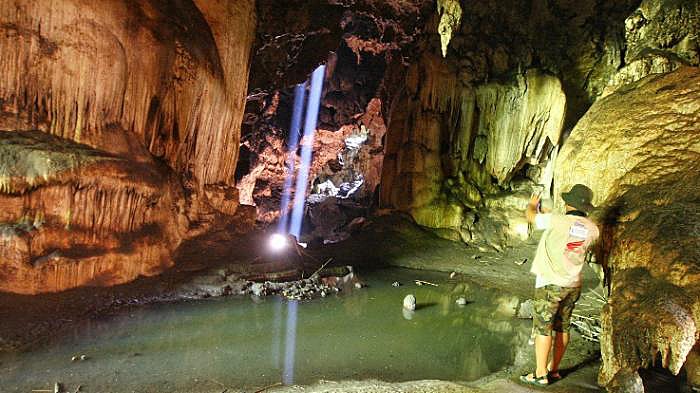From Pos Malaysia :
Places of Worship
Date of Issue 21 November 2016
Date Of Sale 21 November 2016 Sales at all Pos Offices, nationwide
16 November 2016 Sales started for First Day Cover (without stamps) at all Pos Offices, nationwide
Pictorial blogs on some of the interesting caves I have visited around Southeast Asia. On some blogs I have included photos taken over the years.
Although this blog was only born in 2011, I have now included older posts from my Multiply blog which closed in March 2013. This includes articles I have written. I am now also adding news relating to caves I have a particular interest in.
See my website on Caves of Malaysia.

 Dangerous beauty -- A tourist takes a picture inside Mampu Cave in Cabbeng village, Bone regency, South Sulawesi. (Tribunnews.com/-)
Dangerous beauty -- A tourist takes a picture inside Mampu Cave in Cabbeng village, Bone regency, South Sulawesi. (Tribunnews.com/-)